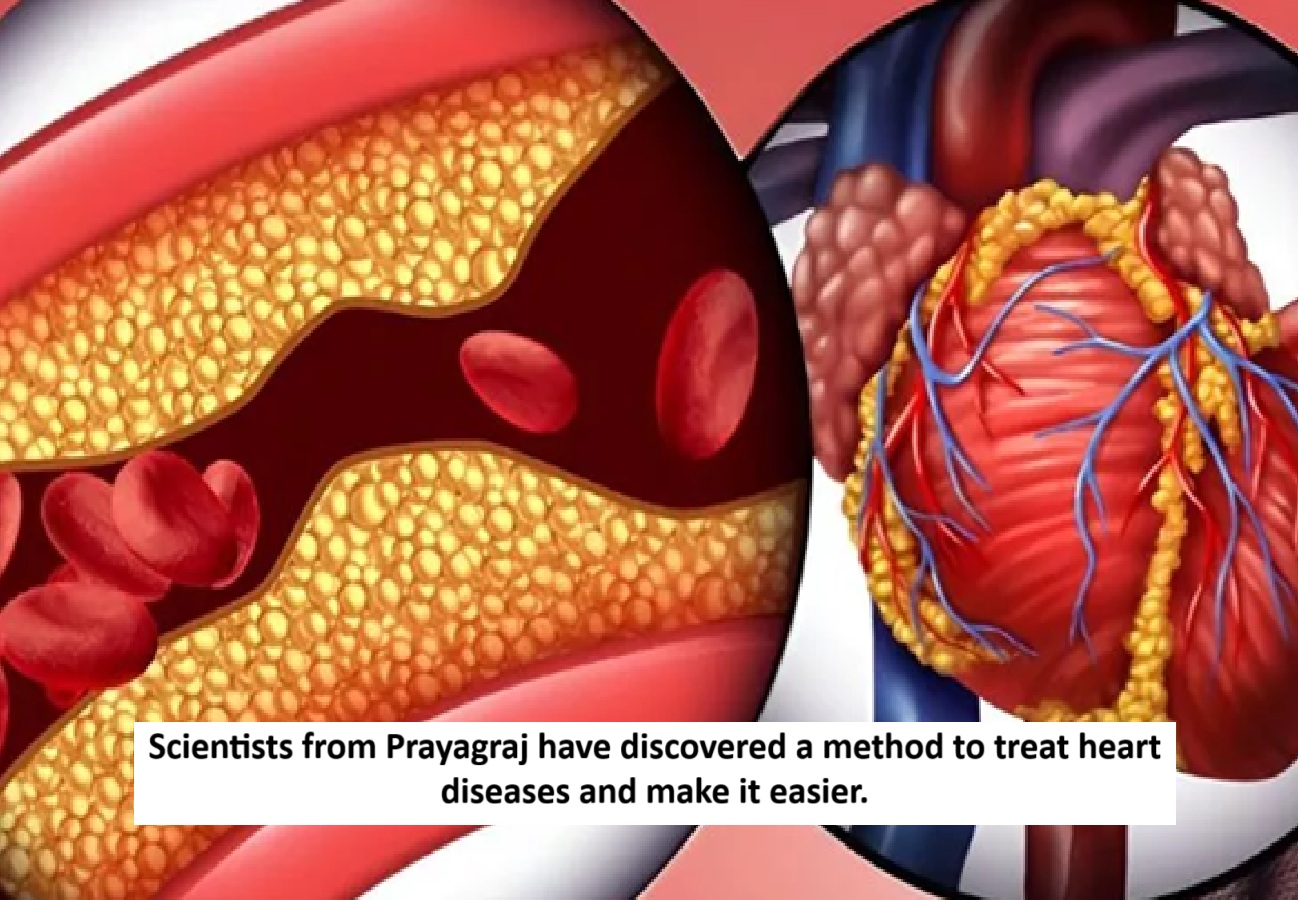
News Topical, Digital Desk : The biggest reason behind life-threatening diseases like heart attack and stroke is the narrowing of arteries, i.e. stenosis. When the blood flow starts getting blocked, there is extra pressure on the heart, which creates a serious danger. To deal with this challenge, scientists from the Mathematics Department of Motilal Nehru National Institute of Arterial Narrowing Technology (MNNIT), Prayagraj, have found a new way. They have started developing a method to deliver medicine directly to the blocked arteries with the help of nanoparticles, i.e., extremely small particles.
The research used mathematical calculations and computer simulations (studies using artificial models to simulate a real-world system or process) to examine how blood velocity changes during a mild obstruction and the direction in which nanoparticles flow. The results were encouraging, showing that nanoparticles can deliver drugs to the right location and help reduce blood clots. The researchers believe that nano-drug delivery technology could prove life-saving for patients suffering from stenosis and heart disease. However, this research is currently limited to laboratory and computer models, and clinical trials will provide doctors with a new and effective way to deliver drugs into patients' veins.
Following this result, researchers are now working to take the next step toward delivering targeted treatments using magnetic fields. To achieve this, they are developing AI and machine learning-based models that can both guide treatment and predict disease progression. This research will help provide precise treatment for heart and brain diseases.
Under the guidance of Dr. B. Vasu, Associate Professor, Department of Mathematics, MNNIT, researchers Govinda Devnath, Anuj Sharma, Harikesh, and Yatin Mishra completed this research, which has been published in the UK-based international journal Computers in Biology, Medicine, Nanoscience and Technology. Professor B. Vasu says that the research looked at how blood velocity, pressure, heat, and particle motion interact. To do this, the researchers created a virtual model of the arteries and used advanced mathematical techniques such as the finite element method and the finite difference method.
AI computer model will predict blockage in arteries
Encouraged by the effectiveness of nanoparticles in drug delivery, scientists are working on a technique to deliver nanodrugs directly to diseased arteries using magnetic force. In the next step, researchers are using AI and machine learning to develop a more realistic mathematical model that could predict blockages in arteries.
Read More: Chew 4-5 neem leaves every morning on an empty stomach for 9 amazing health benefits.
--Advertisement--

 Share
Share



